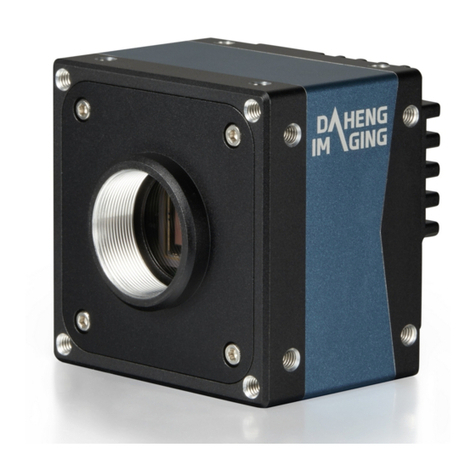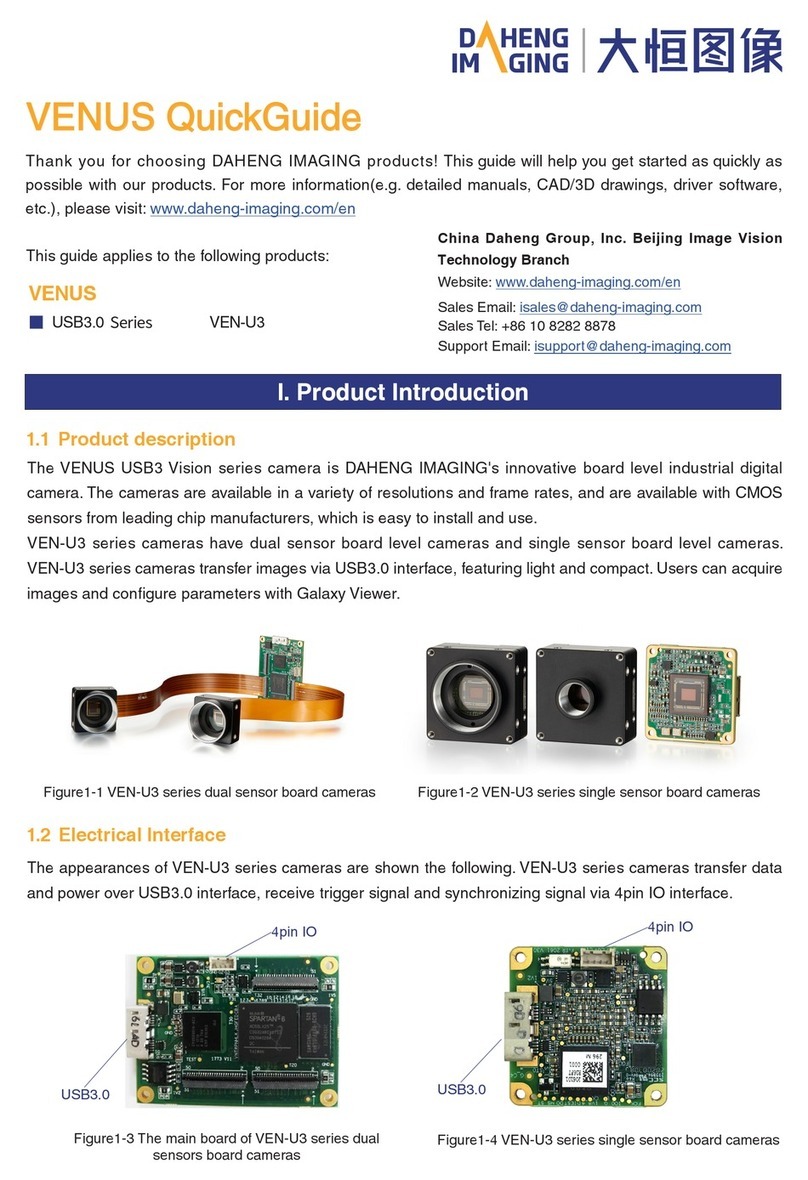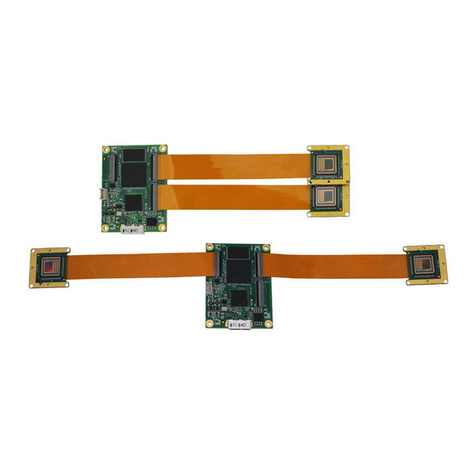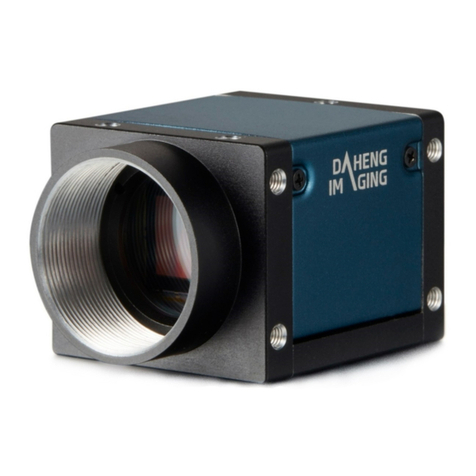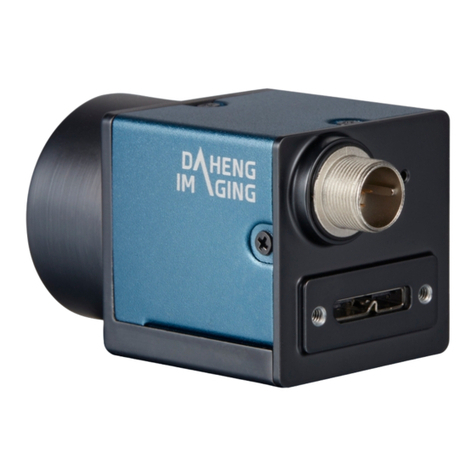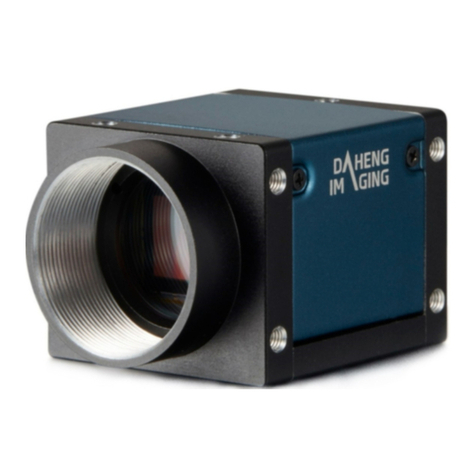
© China Daheng Group, Inc. Beijing Image Vision Technology Branch III
7.3.1.2.2. Line2 is Configured as Output .............................................................................60
7.3.2. Split USB3.0 Interface Camera.........................................................................................62
7.3.2.1. Line2/3 (Bidirectional) Circuit......................................................................................62
7.3.2.1.1. Line2/3 is Configured as Input............................................................................. 62
7.3.2.1.2. Line2/3 is Configured as Output .......................................................................... 64
7.3.3. All-in-one FPC interface camera .......................................................................................65
7.3.3.1. Line2 (Bidirectional) Circuit.........................................................................................66
7.3.3.1.1. Configure Line2 as Input Pin................................................................................66
7.3.3.1.2. Line2 is configured as Output..............................................................................67
8. Features..........................................................................................................................70
8.1. I/O Control............................................................................................................. 70
8.1.1. All-in-one USB3.0 Interface Camera.................................................................................70
8.1.1.1. Input Mode Operation.................................................................................................70
8.1.1.2. Output Mode Operation..............................................................................................71
8.1.1.3. Read the LineStatus...................................................................................................73
8.1.2. Split USB3.0 Interface Camera.........................................................................................73
8.1.2.1. Input Mode Operation.................................................................................................73
8.1.2.2. Output Mode Operation..............................................................................................75
8.1.2.3. Read the LineStatus...................................................................................................76
8.1.3. All-in-one FPC Interface Camera......................................................................................77
8.1.3.1. Input Mode Operation.................................................................................................77
8.1.3.2. Output Mode Operation..............................................................................................78
8.1.3.3. Read the LineStatus...................................................................................................82
8.2. Image Acquisition Control...................................................................................... 82
8.2.1. Acquisition Start and Stop .................................................................................................82
8.2.1.1. Acquisition Start..........................................................................................................82
8.2.1.2. Acquisition Stop ..........................................................................................................83
8.2.2. Acquisition Mode ............................................................................................................... 84
8.2.3. Trigger Type Selection.......................................................................................................84
8.2.4. Switching Trigger Mode.....................................................................................................86
8.2.5. Continuous Mode and Configuration................................................................................. 87
8.2.6. Software TriggerAcquisition and Configuration................................................................ 87
8.2.7. Hardware TriggerAcquisition and Configuration...............................................................88
8.2.8. Set Exposure.....................................................................................................................90
8.2.8.1. Set Exposure Mode....................................................................................................90
8.2.8.2. Set Exposure Value ....................................................................................................92
8.2.9. Overlapping Exposure.......................................................................................................95
8.3. Basic Features ...................................................................................................... 97
8.3.1. Gain...................................................................................................................................97
8.3.2. Pixel Format....................................................................................................................... 98
8.3.3. ROI...................................................................................................................................100
8.3.4. Auto Exposure/Auto Gain................................................................................................101
8.3.5. Auto White Balance.........................................................................................................103
